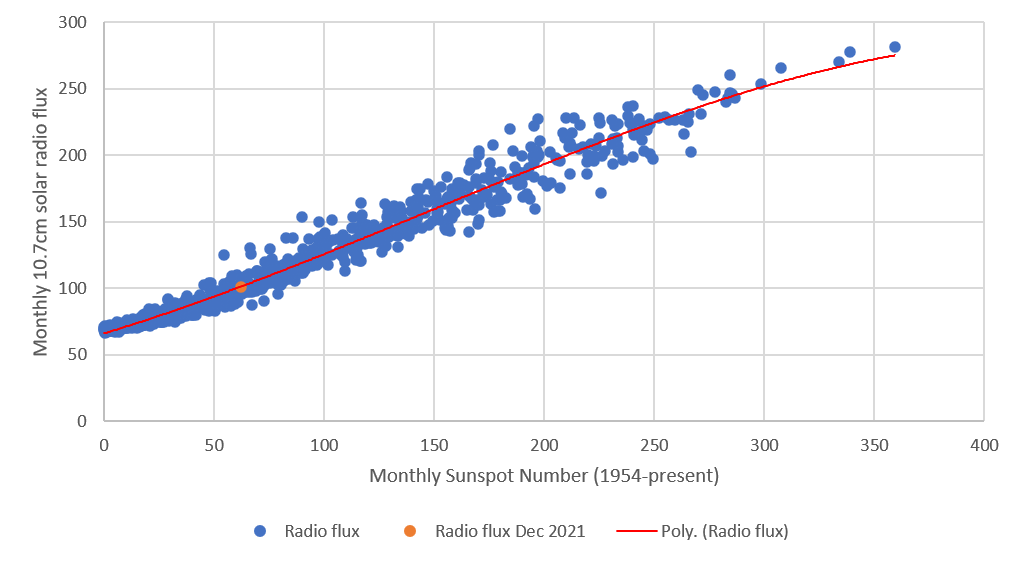After a slow start with even a few spotless days on 9-11 December, sunspot activity shifted into a higher gear from mid-December onwards. A flurry of sunspot groups emerged, with the daily number of sunspot regions around 9 (6-11) for nearly 2 weeks. The daily estimated international sunspot number (EISN ; SILSO) reached 149 and 145 on respectively 22 and 23 December. Though these are not the final values yet, they are virtually certain to be the highest values so far this solar cycle, and the highest recorded since September 2015. The SDO/HMI imagery underneath shows the visible solar disk for the period 10-27 December (still from 23 December at 11:00UT).

Quite a few of the visible sunspot groups were small and often barely visible, while the other groups had not very complex magnetic configurations. This was reflected in the flaring activity, with a relatively high number of C-class flares (10 or more every day), but only 5 low-level M-class flares (M1) during the entire period. Also the 10.7 cm solar radio flux (Penticton) was at levels that could be expected for these sunspot numbers, occasionally enhanced by the radio noise generated by a solar flare taking place during or just before the recording period, such as on 18 and 21 December. The graph underneath shows the monthly values for the sunspot number versus the corresponding 10.7 cm radio flux since January 1954. The red curve, a 3rd-degree polynomial, gives a first idea of the relationship between these two parameters. Note it slightly underestimates the radio flux when the sunspot number is very low or very high, but as a first proxy it conveys the general evolution very well. The provisional (and incomplete) December 2021 pair of values (sunspot number, radio flux) nicely fits this curve, and also indicates that the current solar cycle still has a long way to go to its maximum (see the STCE's SC25 Tracking page), which is expected for August 2024 with smoothed values for the sunspot number and radio flux of 115 and 136 sfu (solar flux unit, 1 sfu = 10-22 W m-2 Hz-1) respectively.






